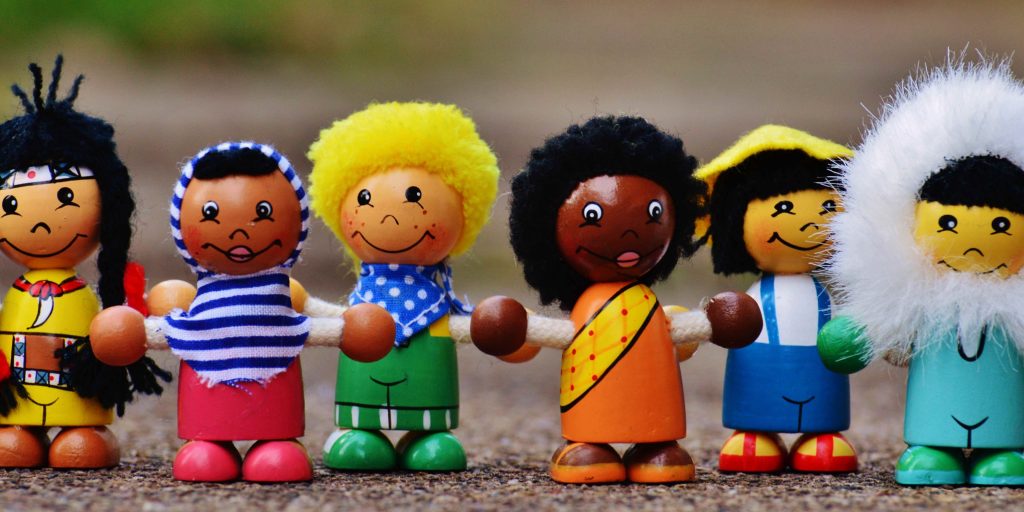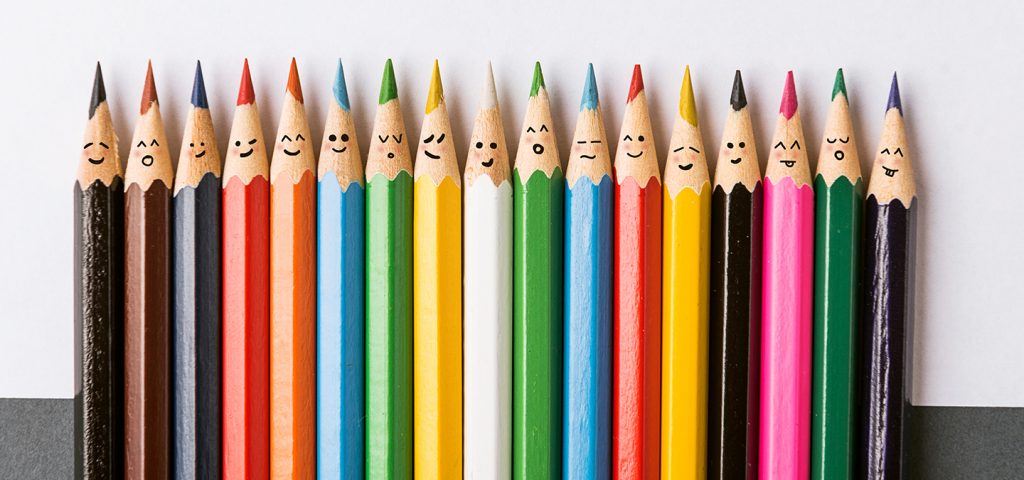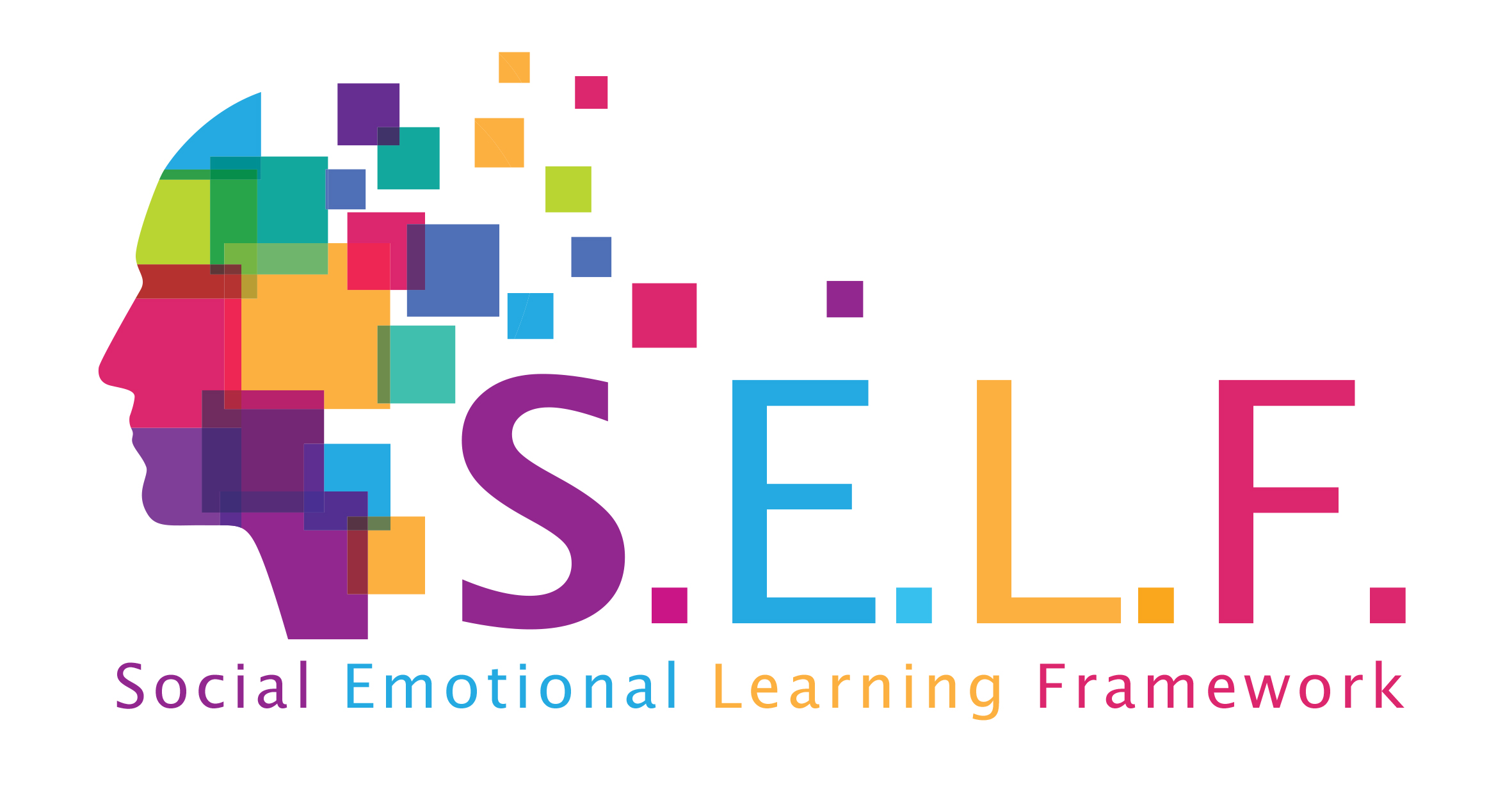USE OF INCLUSIVE LANGUAGE
What Is an Inclusive Language?
Why Is It Important?
Best Practices
What Is an Inclusive Language?
 In our world where people from various cultures, races, and ethnicities live together by speaking different languages, we need to understand each other and live in harmony. In this context, “respect for diversity” is now one of the most important matters in our globalizing world. The primary setbacks keeping different people and group from living together without any problems include biases, stereotypes, discrimination, and hate speech arising from this notional background.
In our world where people from various cultures, races, and ethnicities live together by speaking different languages, we need to understand each other and live in harmony. In this context, “respect for diversity” is now one of the most important matters in our globalizing world. The primary setbacks keeping different people and group from living together without any problems include biases, stereotypes, discrimination, and hate speech arising from this notional background.
We can mitigate or even eliminate the negative effects of all these factors with inclusive education in schools. Inclusive education is an educational approach that does not exclude or leave behind any student for any of their traits. With this definition, the first thing that comes to one’s mind might be “the students who have difficult in learning”; however, it should also include all groups that face inequality, discrimination, and such as the LGBTI+ community and religious/ethnic/cultural minorities. In fact, the scope of this definition should be expanded to make sure that the language used when communicating with young people is inclusive.
Inclusive language is defined as a language that accepts diversity, respects all humans, and promotes equal opportunities. Inclusive language is free from stereotypes, discrimination, and negative messages. The attitudes and behaviors that damage the egalitarian and rights-driven environments created by this language are as follows:
- To use discriminatory discourse and stereotypes, being biased in communication, content, and programs.
“When I met a male student who wore nail polish, I said, ‘A true man wouldn’t do that’ and I tried to teach him how a true man should behave.”
- Making assumptions and judgments about individuals.
“I used to assume that all my students lived with their parents. “One day, I asked one of my students: ‘So, how do your mom and dad react to all you do?’. I had to face that reaction of my student upon those questions. It turns out that my student did not have a mom and dad. They had two mothers.”
- Excluding a student due to a trait.
“When I asked one of our students why they bought very little food, the response was: ‘Because I am vegan and I could not find anything to eat’.”
- Attempt to stereotype a student or forcing them to be a part of a group, majority, or oneself without any space for diversity.
“I have always communicated well with my students. One day, I was chatting with one of them about their personal life and I ask ‘Do you have a girlfriend?’ At that moment, I could not appreciate the look on my student’s face until I found out that my student was not heterosexual…”
- Ignoring, legitimizing or accompanying discrimination, humiliation or hate speech against students/groups while witnessing them.

“I like lesson A so much but I’ve kept losing my interest in it ever since I heard my teacher joking around, which was actually bullying, and saying, stuff like: ‘He’s crying like a baby girl and playing it hard’, or ‘Oh, she is a real tomboy’. They even normalized it with their wording, ‘Well, your friends are just kidding.’ when one of my bullied friends expressed their discomfort.”
To engage in attitudes, behaviors or activities centered on what is deemed as “normal” within social norms, with an emphasis on ‘respect for differences’ in lieu of respect for diversity.
-
“I later realized that I actually defined the students, who I was trying to include, as different, when I said, ‘We are a school that has zero tolerance for bullying and we respect differences,‘.”
- Classifying individuals in a binary way, as male-female, and assigning genders in activities and classroom arrangements.
“We came to realize, sadly, that we did actually excluded some of our non-binary students when we rewarded them in a category of female-male students.”
- When the lesson contents and materials used contain non-inclusive out-of-date expressions, information, and/or images that reinforce stereotypes and normalize discrimination and violence.
“The other day, one of my 11th graders criticized me, pointing out that the family images I used in the lesson consist only of a mother, father and children, and that these images do not represent every family structure.”
- Unavailability of areas where disabled individuals can use to access all parts of the school and benefit from all resources at school.
“When I broke my foot and came to school, I realized that accessibility at school was limited.”
- Using only a uniform learning/expression model in learning materials, exchange of information, and measurement and evaluation processes. Failing to support, neglecting, excluding students who need differentiation.
“I have realized that participation has increased ever since I started teaching through various learning styles…”
- Using comparison-based discourse and content that reinforce the “ideal body” type imposed by the society, especially through digital and social media, harming the body image of young people.
-

“Once I started to reflect on these, I came to regret that I remained silent when I witnessed a chat between the two of my students who compared each other’s bodies and joked about their weight last year. I did not realize at the time that this was also a type of bullying.”
- Asking curious questions that do not respect their boundaries, based on their identities or diversities which they identify themselves. Creating an impression that suggests they are different from the rest of the people or norms and that it looks “strange” or “weird” with such questions and attitude.
“When I told one of my teachers that I was vegan, they were really surprised and started asking a lot of questions as follows: ‘Do you not eat at all?’, ‘You don’t even eat cheese?’, ‘How do you feel full?’, ‘Are you sure you’re eating well this way?,’ ‘Are you being that ethical about everything?’, ‘Do your parents allow this?’, ‘Where did that come from all of a sudden?” I regretted that I even told that.”
Fostering an educational environment free from violence, discrimination and bullying should be one of the primary goals of all schools. The responsibility of educators is protecting the students, whom the society and, even in some cases, the family members attempt to stereotype; consciously recognizing the challenges they face and their moods; helping them observe and develop their own social and cultural codes and perceptions as adults. In a nutshell, they are responsible for including each and every individual (student-teacher-parent-employee etc.) under the roof of the school.
Why Is It Important?
 Dangerous stigmatizations, both from the past and present, around identity factors such as power, race, nationality, education level, age, gender identity, sexual orientation, and more, separate us and cause the individuals to be isolated from each other when they are actually part of the same community. Individuals and groups with more power access more opportunities. Such opportunities may cause advantaged groups to impose their ideas and methods on those who are part of a minority.
Dangerous stigmatizations, both from the past and present, around identity factors such as power, race, nationality, education level, age, gender identity, sexual orientation, and more, separate us and cause the individuals to be isolated from each other when they are actually part of the same community. Individuals and groups with more power access more opportunities. Such opportunities may cause advantaged groups to impose their ideas and methods on those who are part of a minority.
The psychosocial effect of the words we use every day in educational settings on ourselves, our students and our environment is much greater than most of us can imagine. The importance of using an inclusive language becomes even clearer at this stage, especially for individuals who identify themselves with underrepresented in the society.
Starting from the preschool years, students grasp and internalize a number of phenomena through observation of those around them, whom they see as models, and then convey such phenomena to their lives. Considering the children’s interaction and time with adults and peers at schools, one can better understand the importance of acquiring the key concepts and values associated with inclusive language at an early age.
From the very first years in their lives, children learn to distinguish between individuals and groups, the concepts of ‘strong and weak’ or to dislike and even hate those who do not have any similarities with them, mostly from their parents, other adults around them, peers and mass media tools. In contrast to popular belief, such learning begins at a very early age. At one year old, they learn to perceive differences, while at two, they can talk about, or even ask about, the differences. From three years old, they begin to develop prejudices and demonstrate that they are uncomfortable with certain traits of people. When they reach the age of four or five, they form their own theories about the reasons behind people’s different traits, and begin to wonder whether those are permanent or changeable.
 Especially, social generalizations, stereotyped attitudes and prejudices directly affect children’s self-perception and attitudes towards other people. Everyone – including teachers, students, parents, and school staff – that interacts with the child has a great responsibility for the child to be a person, who is not affected by the discriminatory attitudes and who approaches “others” with tolerance. Even the physical environment of the school should be approached from an inclusive language perspective. In order to foster safe, inclusive and respectful learning environments, schools must prioritize inclusivity and set a model in many aspects, from their policies to curricula and school climates.
Especially, social generalizations, stereotyped attitudes and prejudices directly affect children’s self-perception and attitudes towards other people. Everyone – including teachers, students, parents, and school staff – that interacts with the child has a great responsibility for the child to be a person, who is not affected by the discriminatory attitudes and who approaches “others” with tolerance. Even the physical environment of the school should be approached from an inclusive language perspective. In order to foster safe, inclusive and respectful learning environments, schools must prioritize inclusivity and set a model in many aspects, from their policies to curricula and school climates.
The words we use also determine the functioning of our minds to a large extent. The way we use the language is an indicator of our sensitivity towards others’ perspectives and feelings. While making changes to use a more inclusive language, we become better communicators, valuing the people we communicate with. An open learning environment is created when people avoid statements such as “That’s not what I meant… I didn’t mean to say it that way…” and instead use the following: “I’m sorry for failing to understand what that means to you. I will work on it and try to be better…” Various studies point out the transformative impact of inclusive language through the educational opportunities created in the classrooms.
As a result, the words that we use might inevitable become instrumental to reinforce a vicious cycle of systematic inequality. By developing awareness of and expressing inclusive language and power inequality, you can make your school and your community better for everyone.
